Why is the climate changing so fast? Is it true that the human race has been changing the climate through these years?
Of course, YES. And concretely, this year, weather has been gone mad. Due to climate change (in our previous post, we have commented studies that prove this event) but furthermore, due to ‘El Niño’ , which takes part of the ‘ENSO’.
We have probably heard about it, but what is it exactly?
ENSO means “El Niño – Southern Oscillation”. It is a cycle of phenomenons, as follow:
- El Niño: describes the unusual warming of surface waters in the eastern tropical Pacific ocean.
- La Niña: , the ‘cool phase’ of ENSO, is a pattern that describes the unusual cooling of the region’s surface waters.
- Southern Oscillation: The atmospheric changes.
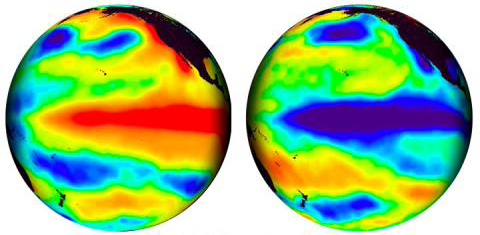
It is called ‘The little boy’ in Spanish language, because it usually appears at Chrismast season, when the Christ Child is born. When appears, it soon comes to describe irregular and intense climate changes rather than just the warming of coastal surface waters. This event has an impact on ocean temperatures, the speed and strength of ocean currents, the health of coastal fisheries, and local weather from Australia to South America and beyond. El Niño events occur irregularly at two to seven year intervals. However, El Niño is not a regular cycle, or predictable in the sense that ocean tides are.
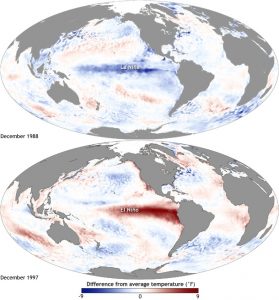
Maps of sea surface temperature anomaly in the Pacific Ocean during a strong La Niña (top, December 1988) and El Niño (bottom, December 1997). Maps by NOAA Climate.gov, based on data provided by NOAA View.
Normally, without El Niño conditions in the Pacific Ocean, strong trade winds blow westward across the tropical Pacific, the region of the Pacific Ocean located between the Tropic of Cancer and the Tropic of Capricorn. These winds push warm surface water towards the western Pacific, where it borders Asia and Australia. It creates the process of upwelling.
During an El Niño event, westward-blowing trade winds weaken along the Equator. These changes in air pressure and wind speed cause warm surface water to move eastward along the Equator, from the western Pacific to the coast of northern South America. This warm water does not allow normal upwelling to occur.
What happens this year, then?
Compared to other years, this year’s El Niño is similar, or even stronger, to El Niño in 1997:
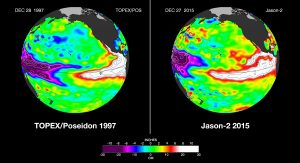
The previous image shows two graphics measured by spatial satellites TOPEX/Poseidon and OSTM/Jason-2. They measure sea-surface heights, and this parameters can be used to calculate how much heat is stored in the ocean below. As we see, it is higher in the middle part of the ocean in 2015 than in 1997. This means that the temperature has increased, and might have caused the global environment stronger changes.
Quality training taught by professionals
RECOMMENDED COURSE


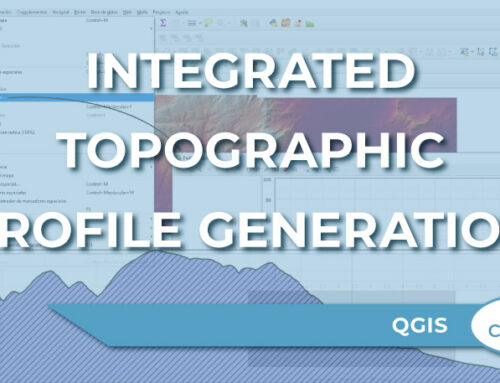

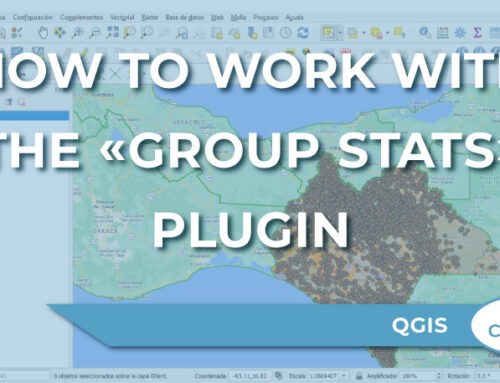

Leave A Comment